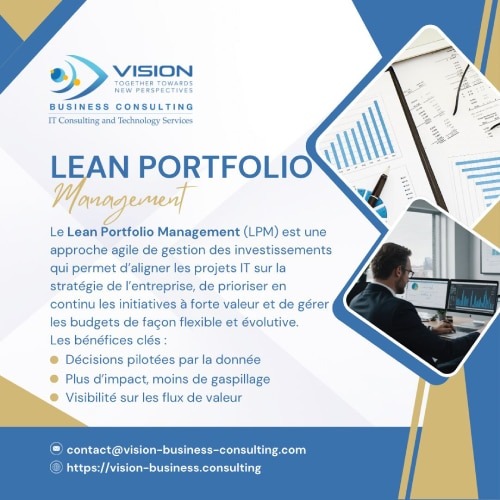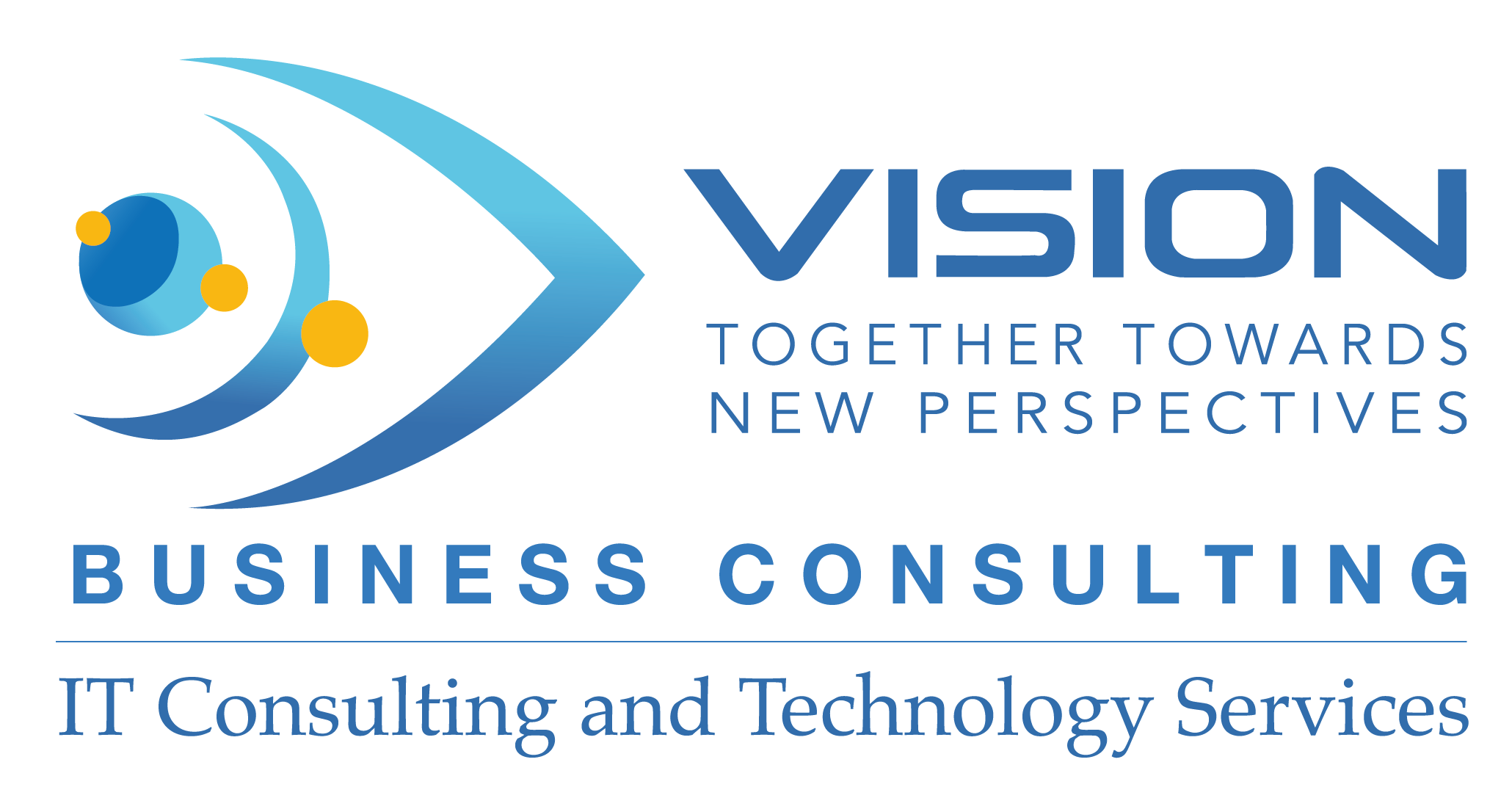
In an era where rapid digitalization, innovation challenges, and budget constraints collide, organizations face a critical question:
👉 How can we ensure every IT investment truly contributes to strategy and value creation?
🎯 The answer lies in a new governance model: Lean Portfolio Management (LPM).
🔍 What is Lean Portfolio Management?
LPM is a Lean-Agile practice that enables continuous steering of project, product, or initiative portfolios by ensuring:
Strategic alignment between business goals and investment decisions,
Dynamic prioritization of initiatives based on business value, feasibility, and ROI,
Adaptive budgeting focused on delivered value rather than fixed annual forecasts,
A fluid governance framework that fosters transparency, responsiveness, and collaboration across business, IT, finance, and PMO teams.
📊 In practice, this means:
✅ Structuring investments into Value Streams to better visualize value flow,
✅ Using prioritization frameworks (e.g., WSJF, OKRs, evolving business cases),
✅ Implementing Lean Budgeting for participatory and adaptable funding,
✅ Steering through real performance metrics (e.g., customer value, time-to-market, actual ROI),
✅ Conducting frequent portfolio reviews to adjust choices as contexts evolve.
💡 Why is this a game-changer?
LPM breaks down traditional silos (projects, business units, IT) and orchestrates investments as a living system, focused on outcomes rather than deliverables.
No more long, rigid projects disconnected from the field.
✅ Instead, flexible funding decisions are made close to the teams,
✅ And governance becomes a continuous process — data-driven, collaborative, and strategically aligned.
👉 And you — how mature is your IT portfolio management today? What challenges or enablers do you see in adopting LPM?
